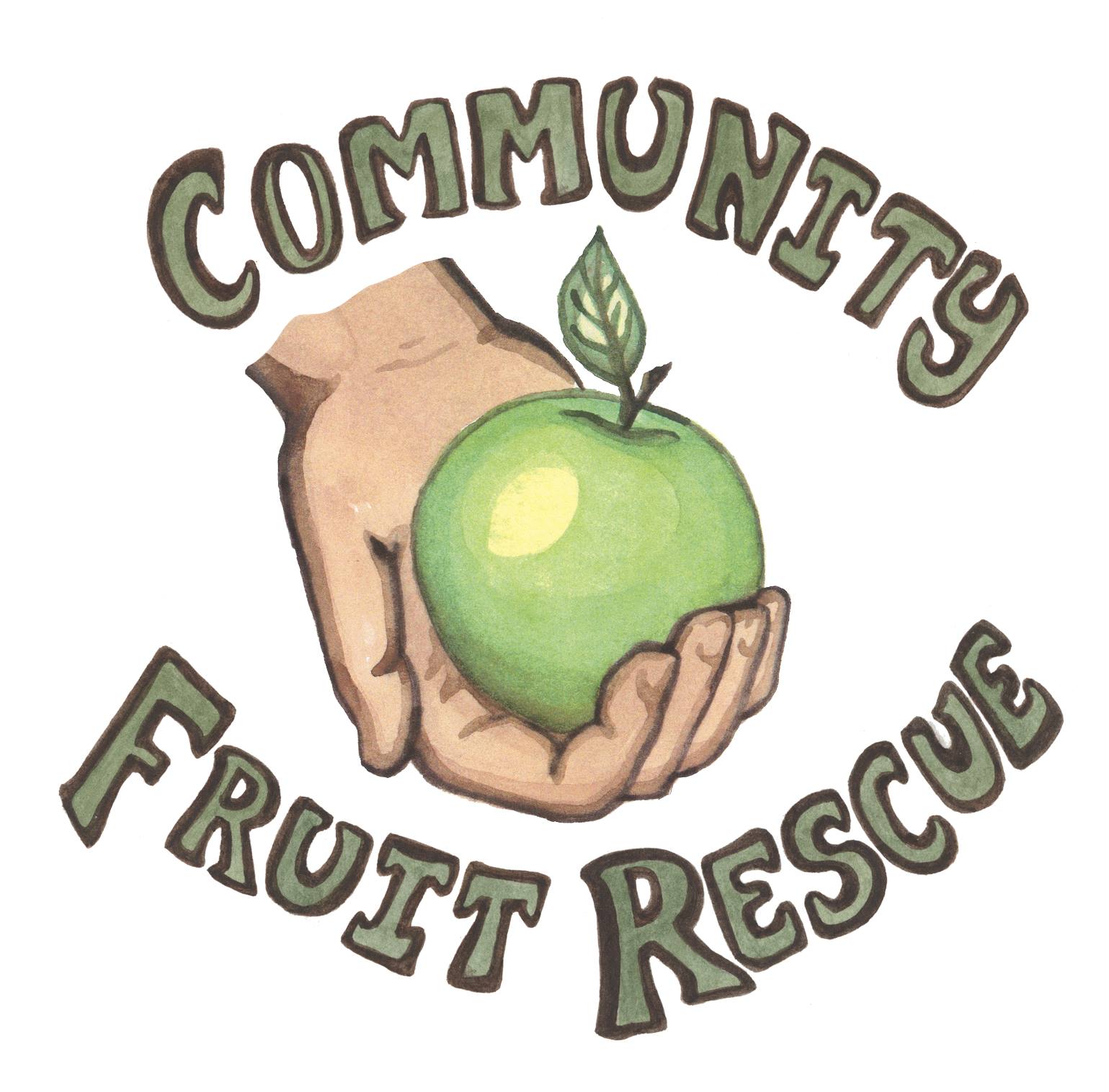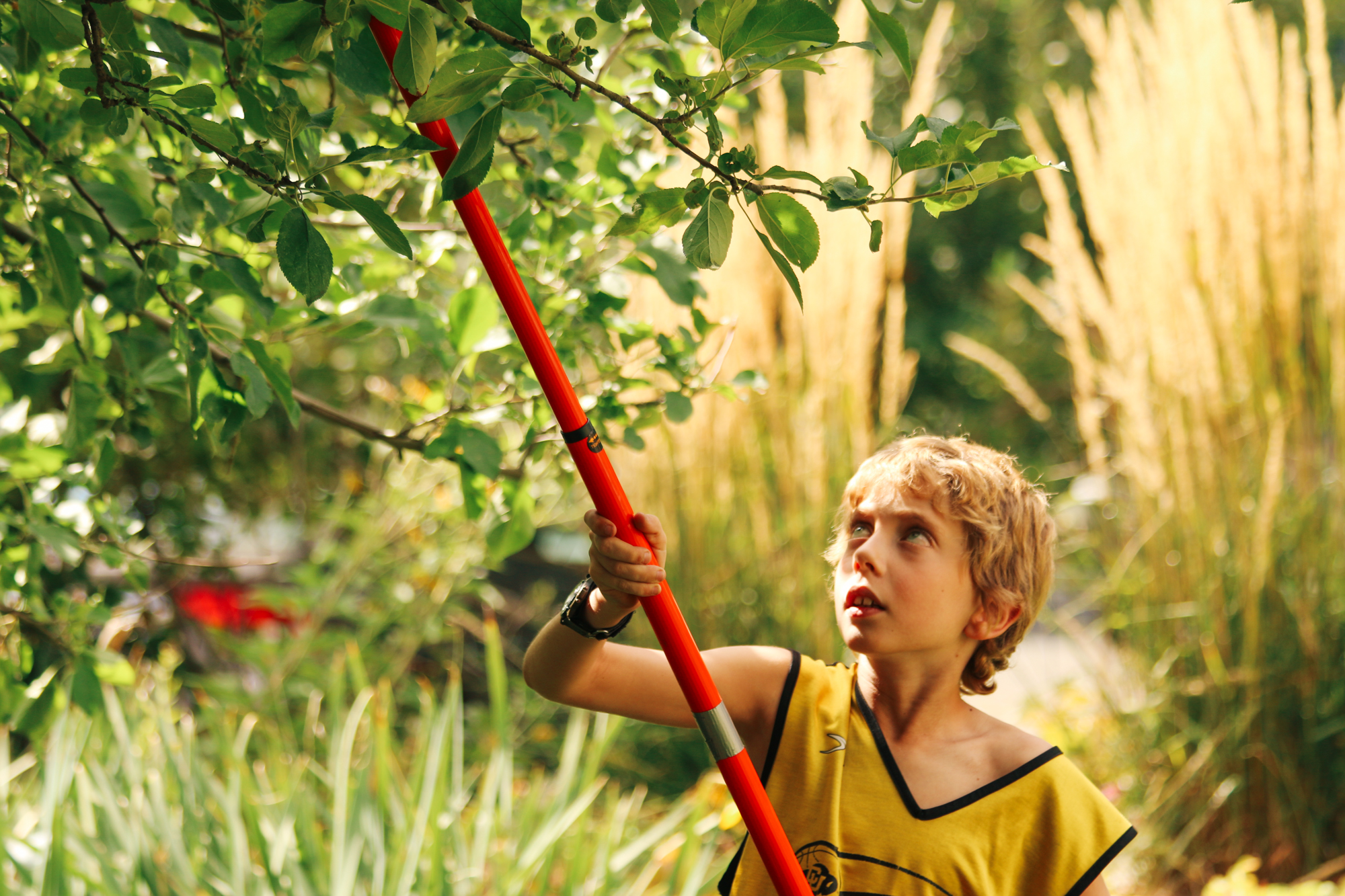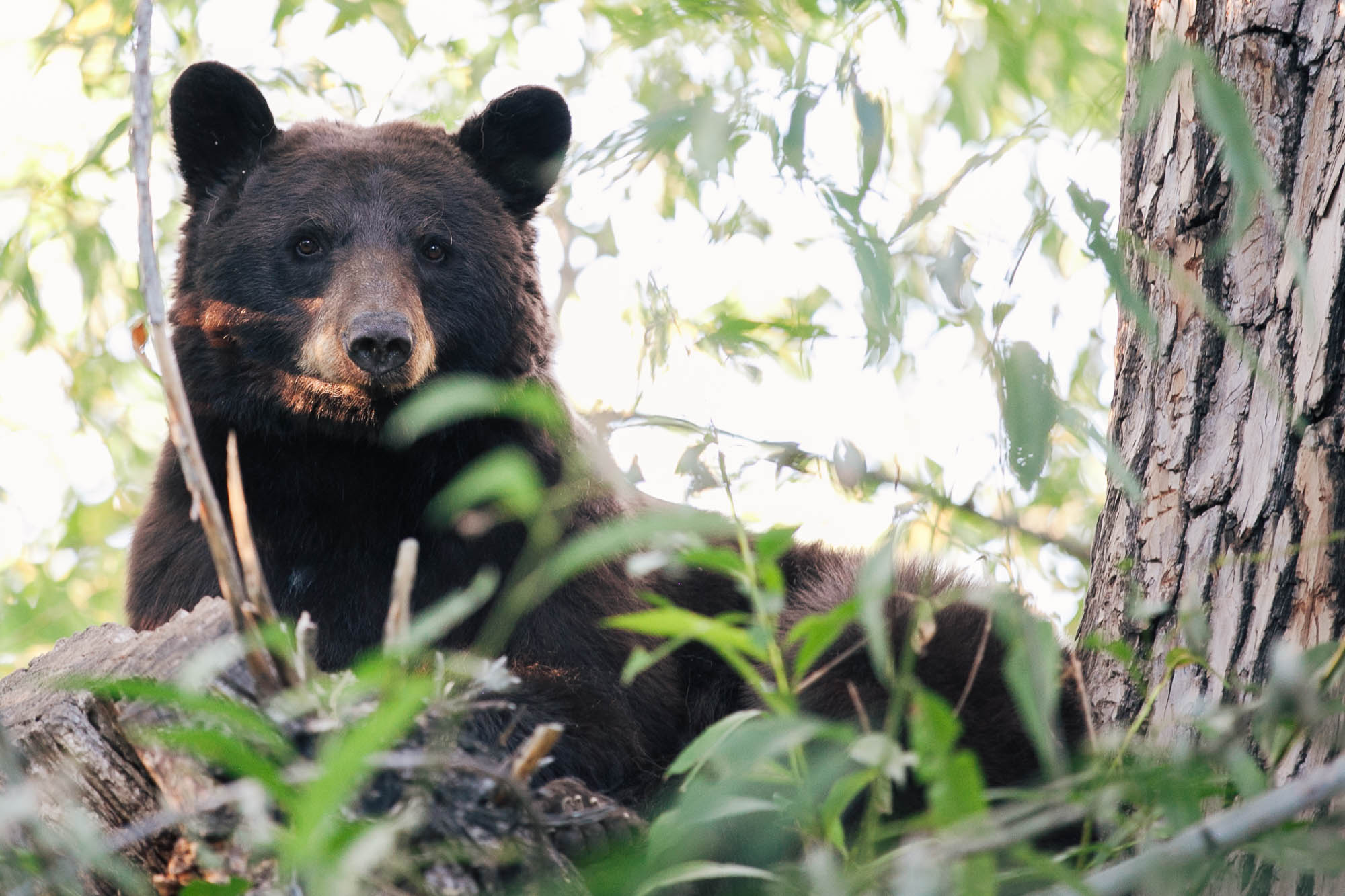Today, many of the remaining fruit trees thrive in Boulder’s urban areas and wild lands; it’s not uncommon to find varieties of apple, peach, plum, apricot, and cherry trees growing in the area. Unfortunately many of these trees go by unnoticed. Once the fruit ripens, it falls to the ground and is left to rot on neighborhood sidewalks, on residents’ properties, and in other urban areas.
In 2014, Boulder had a bumper crop of fruit that year, and massive amounts of fruit were falling from trees and rotting on the ground. Not only was the rotting fruit becoming a mess in Boulder’s urban areas, but it was becoming a dangerous attractant for wildlife. The amount of available urban fruit that was going to waste was astounding, but also served as an opportunity for black bears to pack on some pounds. In theory, bears coming in as urban garbage disposal systems might seem like a great thing. But remember, bears aren’t picky eaters. So if we allow them to come in to forage on urban fruit, then we’re unraveling a whole new set of challenges.



Since 2014, Community Fruit rescue has harvested over 70,000 lbs of fruit in Boulder.
To address this issue, members of Falling Fruit, Boulder Food Rescue, 350 Colorado, The Shed, and Boulder Bear Coalition came together to form the Community Fruit Rescue (CFR). This coalition quickly put together a system for registering fruit trees on an online map, scheduling harvests, and then had Boulder Food Rescue deliver the fruit to homeless shelters, food banks, etc.
Now, residents that request assistance with harvesting their fruit trees can register the trees with CFR and schedule harvests. People who are interested in volunteering can sign up as fruit pickers, and will be notified of upcoming harvests where they can participate and take home a share of the fruit. Those interested in stepping up in a leadership position can sign up to become Harvest Leaders. This higher tier of volunteers goes through a specific training so they can facilitate the harvests and be responsible for getting equipment and fruit to and from CFR’s storage space. Community organizations (school groups, nonprofit organizations, corporate groups, etc.) can also sign up to volunteer by bringing their groups to harvests.
About 95% of the fruit harvested by CFR is apples, simply because that is what’s most available in Boulder. Boulder is on a biennial pattern, meaning the city gets big yields of fruit one year, and then sometimes nothing the next year. Additionally, weather events are unpredictable and late frosts can wipe out an entire crop if they happen when the flowers are vulnerable.
Since its inception in 2014, Community Fruit rescue has harvested over 70,000 lbs of fruit that would have otherwise gone to waste. Here’s a closer look at those numbers (in lbs):
2014
2015
2016
2017
2018
2019
2020
2021
Please note that exact data for 2014 is not available.
Additionally, 2017 and 2020 brought on zero harvests due to the fact that they were biennial years, paired with late spring frosts.
Once the fruit is harvested, it gets divided three different ways. The owner keeps 1/3 (though they often don’t want it so sometimes it’s split two ways), the volunteer pickers get to keep 1/3 and divide it among themselves, and the last 1/3 comes back to CFR’s bear-resistant storage space to be picked up by Boulder Food Rescue volunteers, who then deliver it to homeless shelters and food banks. When these recipients can’t accept any more fruit (which happens quickly because since they can’t use the hundreds of pounds per day like CFR often harvests), they often give it to their partners to be processed. CFR has held food preservation workshops to teach people how to make applesauce, apple butter, jams and jellies, dehydrated fruits, and how to can these products.
Keeping in mind that there’s only so much fresh fruit a city can eat all at once, CFR is currently looking for partners who can help process fruit. The team is working with local businesses to turn fruit into things like cider, kombucha, gelato, applesauce, apple butter, dried fruit snacks, etc. All in all, these actions are increasing the fruit’s shelf life, allowing CFR to use B grade fruit that requires cutting and processing, and works towards the City of Boulder’s goal of becoming a zero waste community.
While no direct correlations between harvested fruit and black bear conflict have been documented yet, one thing is for sure: Community Fruit Rescue is always in need of assistance during those peak fruit seasons! Despite holding harvests almost every day during those two peak months, CFR was only able to reach about a third of the people who requested they harvest their trees. There is a huge demand for this in Boulder and they are currently working to expand their efforts by adding more harvest leaders, more equipment, and more volunteers. This will undoubtedly help CFR reach a higher number of these trees so they can harvest more fruit while simultaneously reducing one of many attractants for black bears.
Get involved at www.fruitrescue.org



